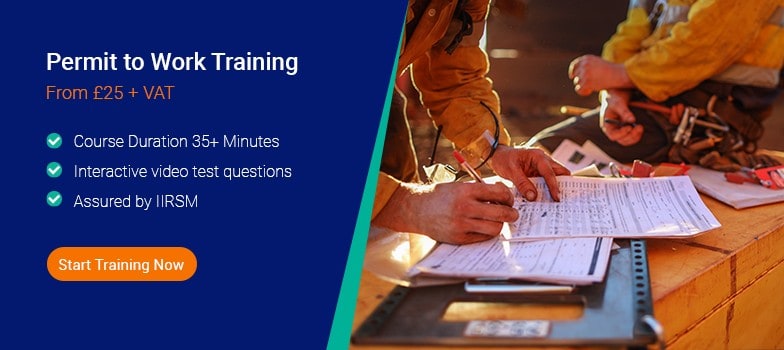
In October 1966, a waste heap that was situated above the village of Aberfan, Wales, collapsed. The village was downhill from the heap, which resulted in hundreds of lives lost, especially that of many school children.
It was one of Great Britain’s worst catastrophes, especially as the disaster was entirely artificial and could have been avoided. The disaster led to the introduction of several new laws, such as the Mines and Quarries (Tips) Act 1969 in relation to safety measures. However, a far more important legislation was the Health and Safety at Work etc. Act (HSWA) 1974.
What is the Health and Safety at Work Act 1974?
The Health and Safety at Work Act 1974 is a primary legislation and Act of Parliament. It places a legal duty on employers, manufacturers, and all employees who work for such organisations.
From directors and managers through to the frontline employees, employers must ensure reasonably practicable health and safety in relation to their activities.
Let’s take a look at what these duties include.
Employers Responsibilities for Health and Safety
The principle duty of an employer under this act can be summarised by their general duties, including requirements to:
- Make the workplace safe without health risks
- Provide information and instruction, training and supervision necessary for health and safety
- Ensure that plant and equipment are safe, and safe systems of work are set
- Keep dust, fumes, and noise to low levels
- Ensure that articles and substances are stored, moved, and used safely
- Keep dust, fumes, and noise to low levels, and
- Ensure that articles and substances are stored, moved, and used safely
- Provide adequate welfare and first aid facilities,
- Provide protective equipment or clothing,
- Report injuries and other such workplace occurrences,
- Consult safety and worker representatives about health and safety, and
- Set up a safety committee if asked to do so
Employees Responsibilities for Health and Safety
Whilst employers are required to provide employees with everything they need to conduct their work safely, such as equipment, training, and information. Employees also have a duty to help ensure that work is conducted safely as well.
This means that employees must:
- Take reasonable care of their own health and safety
- Stop work if there’s a safety concern
- Ensure they don’t put others in danger
- Inform someone responsible for health and safety when there’s a safety concern, and
- Report accidents and near misses
Contractors Responsibilities for Health and Safety
Contractors have all of the employer duties we’ve just reviewed – They also have the universal employee duties we’ve introduced.
There are some additional legal duties that contractors must follow, these are:
- To cooperate and coordinate with their clients in order to ensure high standards of health and safety – This can include providing the client with evidence that their employees are competent, such as training records
- To provide copies of method statements
- To help to assess risks on the client’s site to ensure suitable safety controls are in place
Health and safety are a partnership, with both the client and contractor sharing these common duties.
Reasonably Practicable Risk
It is important to note that this legislation does not explain how to meet these standards. Details such as what controls you use, or whether you provide training face-to-face or offer online health and safety training – is left up to employers.
It is up to employers and upper management to take an active part in assessing and countering the inherent risks in businesses.
Each workplace is different, which is why reasonably practicable risk includes active risk assessments. As the law says:
Getting all staff compliant and refreshed on their training every 3 years was proving difficult to achieve face to face. We have adopted face to face training for new starters and online courses for refresher training.
Reasonably practicable means this is effectively a risk-based duty – You have to undertake a risk assessment to establish this. Employers must balance the cost of the risk of injury.
So, if the cost is very high and the risk of injury very small, the employer would not be expected to act.
It should be noted that in this balancing act, the cost must be significantly greater than the risk in order to justify not acting.
Everyone is Responsible for Health & Safety in the Workplace
Organisations must manage the risks that are created as a result of their work. This is the basis of Health and Safety Law in the UK.
Employers must provide their employees with health and safety classroom training or health and safety online training as possible to work in a healthy and safe manner.
Likewise, employees and contractors must do their part to assist their employer in helping to carry out the health and safety arrangements that are in place.
Manufacturers as well are required to ensure that everything that they supply is safe, tested, and provides clear instructions on how to use it in a safe manner.






















































































































































































































































































































































































































































































































































































































































































































































